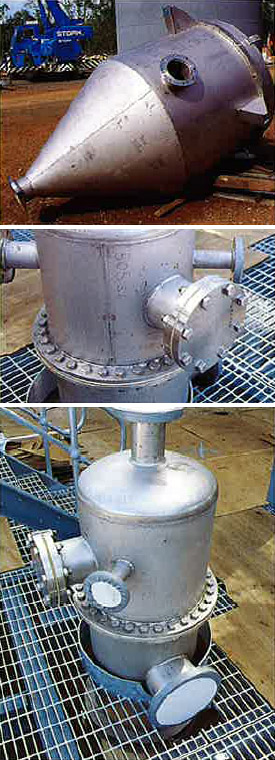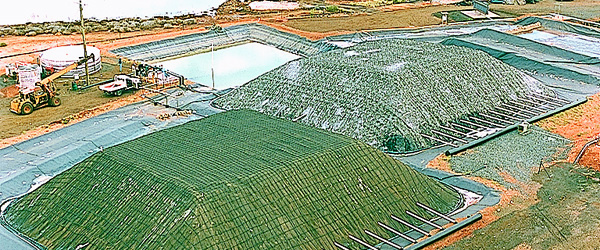A FISH-FRIENDLY WATER EXTRACTION FACILITY
For the past six years, ASSDA Member and Accredited Fabricator AWMA Water Control Solutions have been a proud partner of Rangitata Diversion Race Management Ltd (RDRML) in delivering one of the world's largest fish-friendly water extraction facilities using stainless steel.
The Rangitata Diversion Race (RDR) plays a crucial role in extracting water from the Rangitata River in New Zealand's South Island, serving irrigation, stock water, and hydropower generation needs year-round. However, the environmental impact on native fish populations was a concern for RDRML.
To address this challenge, AWMA was awarded the design and construct












 The Australian Magnesium (AM) process (now owned by the Australian Magnesium Corporation - Brisbane, Qld) was jointly developed by Queensland Metals Corporation (QMC - Brisbane, Qld) and CSIRO to process the type of magnesite ore discovered by QMC near Rockhampton into highly pure magnesium metal.
The Australian Magnesium (AM) process (now owned by the Australian Magnesium Corporation - Brisbane, Qld) was jointly developed by Queensland Metals Corporation (QMC - Brisbane, Qld) and CSIRO to process the type of magnesite ore discovered by QMC near Rockhampton into highly pure magnesium metal.






